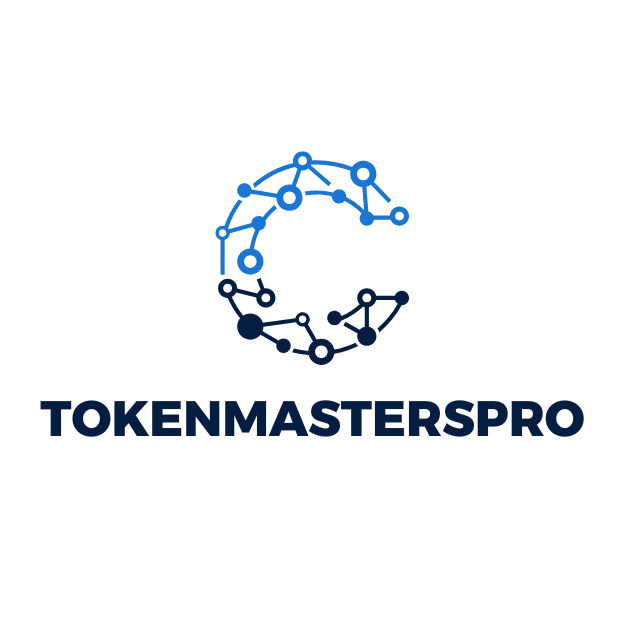Picture this: You’re knee-deep in data, and you need clarity. Enter SAS coding, the superhero of data analysis. It slices through complexity, making your life easier one line of code at a time. Whether you’re a rookie just beginning your journey or a seasoned analyst looking to refine your skills, understanding SAS is critical. This comprehensive guide will illuminate the path to mastering SAS coding, filled with tips, tricks, and a sprinkle of humor along the way. Get comfortable, and maybe grab a cup of coffee, because we’re about to dive headfirst into the world of SAS.
Table of Contents
ToggleUnderstanding SAS and Its Importance in Data Analysis

SAS, or Statistical Analysis System, was created by a group of North Carolina State University students in the late 1960s. It has grown into a powerhouse tool used not just for statistical analysis but for everything from data management to predictive analytics. But why is it so vital in the world of data analysis?
First off, SAS is particularly lauded for its ability to handle large datasets. As businesses evolve, the volumes of data they generate become complex. SAS steps in, offering tools that simplify data manipulation and insights extraction. Here’s where the importance gets even more pronounced: with its vast capabilities, SAS not only crunches numbers but also helps organizations make informed decisions.
Beyond its technical benefits, SAS boasts an extensive ecosystem. You’ll find a plethora of options, including GUI interfaces for those who prefer visual programming. This makes it an accessible choice for various users, from statisticians to business analysts. With a commitment to data integrity and security, it becomes the go-to solution for industries where precision is paramount, like healthcare and finance.
Key Components of SAS Programming
Understanding the key components of SAS programming is akin to mastering a recipe: without the right ingredients, the outcome can be less than appetizing. Here are the core elements every coder should know:
- DATA Step: This is where the magic begins. The DATA Step allows users to create and modify datasets. Think of it as your kitchen, where you prep your ingredients before cooking.
- PROC Step: Short for “procedure,” this is where analysis happens. PROC steps enable statistical analysis, forming the backbone of any data analysis project. It’s like baking your cake, once the ingredients are ready, it’s time to see the results.
- SAS Libraries: This is where your datasets reside. Libraries are essential for organizing data files, making it easier to manage large volumes of information. Consider them your pantry, where all the ingredients are stored and organized.
- Format and Informats: These are crucial for ensuring data is read and displayed correctly. Formats control how data appears, while informats determine how data is entered. They’re like your measuring cups, ensuring accuracy in your preparations.
Basic Syntax and Structure of SAS Code
Now, let’s get into the nitty-gritty: the syntax and structure of SAS code. Each language has its quirks, and SAS is no different. Here’s a simple breakdown:
- Statement Start: Each line of code in SAS starts with a statement. For instance, when you’re creating a dataset, the first line will begin with
DATAfollowed by the dataset name. - Semicolon Usage: Every statement must end with a semicolon. Forgetting this tiny detail can lead to confusing error messages, kind of like baking without preheating your oven.
Data Manipulation Techniques in SAS
Manipulation techniques allow analysts to shape data according to their needs.
- Sorting: The
PROC SORTprocedure neatly arranges your data for easier analysis. - Subsetting: Use
WHEREclauses in your DATA step to filter datasets based on specific conditions.
Data Import and Export in SAS
Getting your data into and out of SAS smoothly is essential. The IMPORT procedure makes this a breeze for various formats (think CSV and Excel). You can also use the EXPORT procedure for seamless transfers of your clean datasets.
Using Conditional Logic in SAS
Conditional logic adds flexibility to your data analysis. You can carry out IF-THEN statements to manipulate data dynamically based on conditions, essentially giving your code a personality.
Analyzing Data with SAS Procedures
Analyzing data with SAS procedures is where the true analytical power of SAS shines. Once datasets are prepared, SAS provides a diverse array of procedures to extract insights:
- PROC MEANS: This procedure gives quick summaries, including mean, median, and standard deviation, that’s data intelligence in a nutshell.
- PROC FREQ: It’s an excellent tool for categorical data, providing frequency tables to help recognize patterns and trends in discrete variables.
- PROC REG: For those looking into linear regression, this procedure enables users to model relationships between variables, providing valuable forecasting capabilities.
Using these procedures effectively can unveil trends, correlations, and anomalies that drive decision-making.
Combining and Merging Datasets in SAS
When tackling large datasets, combining and merging them may become inevitable. SAS has powerful tools for this.
- SET Statement: The
SETstatement allows multiple datasets to be combined. Think of this as combining two different spices to create a delightful flavor. - MERGE Statement: Similar to a marriage, this brings together datasets based on common values. The
BYstatement will harmoniously align these datasets, ensuring accurate merging.
Best Practices for Writing Efficient SAS Code
As with any programming language, efficiency is key. Here are best practices for writing efficient SAS code:
- Modularity: Break down your code into smaller, manageable chunks. This makes debugging a whole lot easier.
- Commenting: Add comments to your code. They’re like road signs, guiding you (and others) through the logic without second-guessing.
- Keep it Simple: Sometimes, simpler solutions are more effective. Overly complex code can become a nightmare to maintain.



